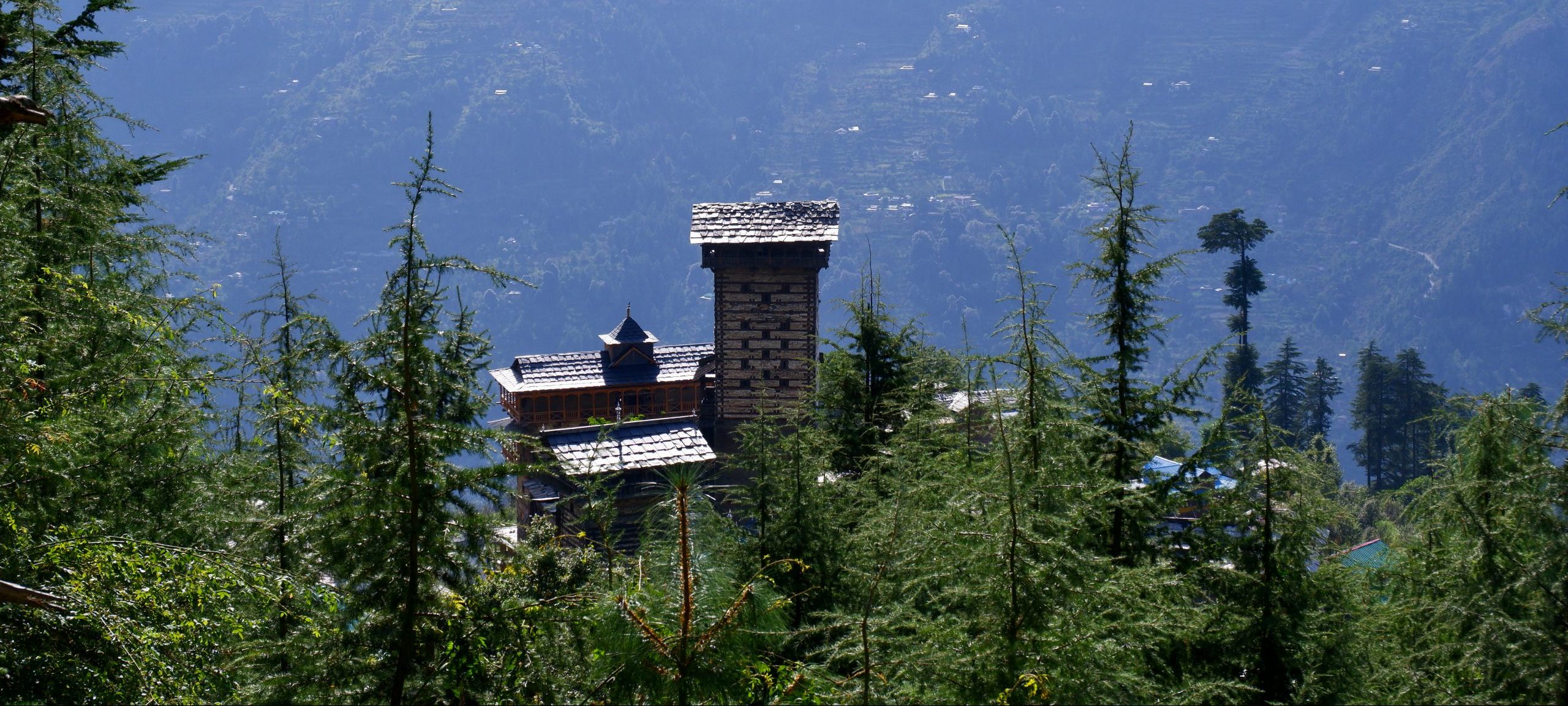HIMACHAL PRADESH – AREAS
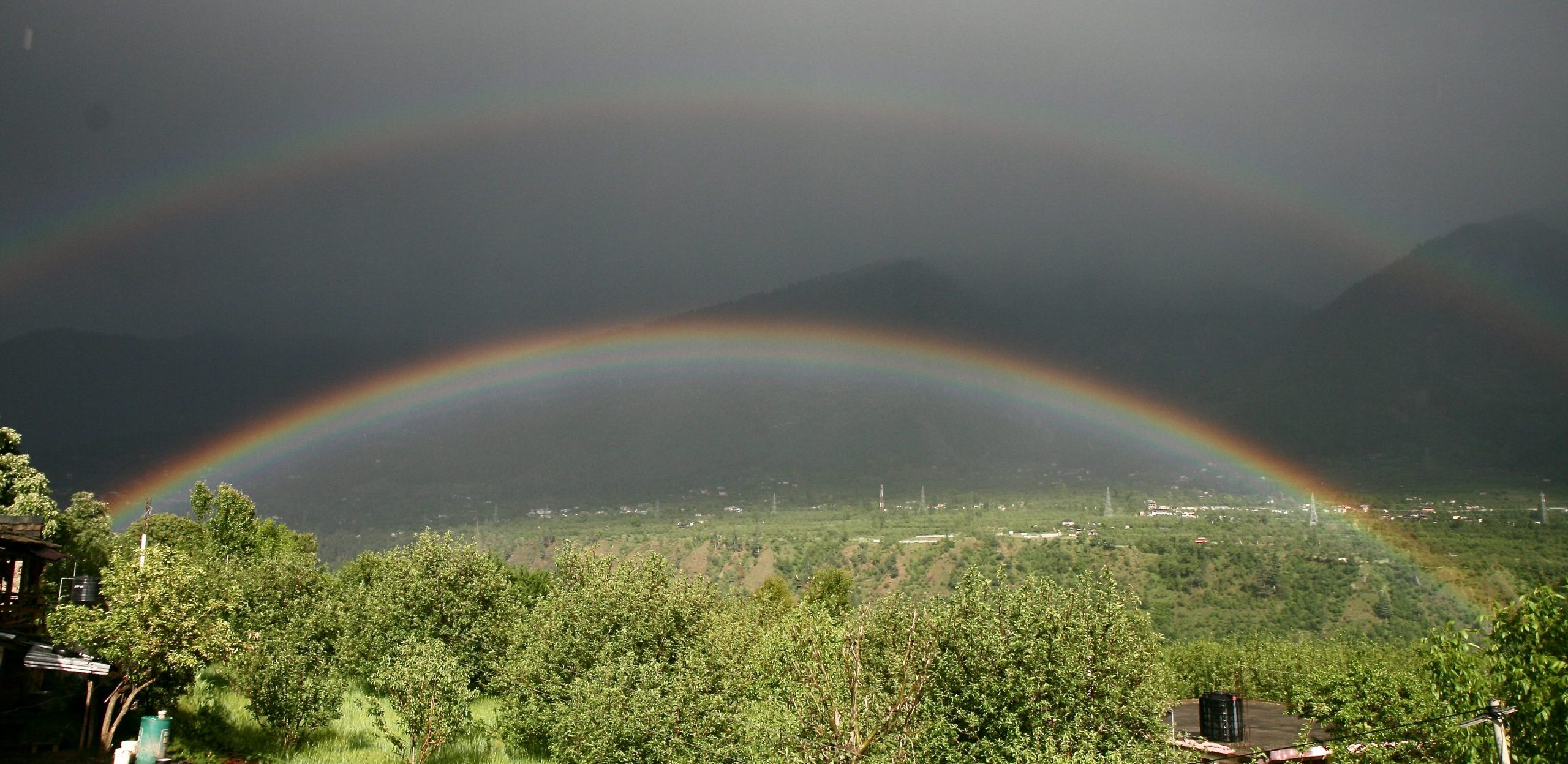
Himachal Pradesh is a very diverse state with different areas that are interesting for travellers. Theoretically, you can see many highlights in the whole of Himachal Pradesh in a 3-week trip – but we recommend concentrating on a few of the areas – the driving in the mountains is quite tedious and every place deserves an extensive visit. We briefly present the important areas here.
Kangra (Dharamshala, Bir, Dhauladhar)
The exile enclave of the Tibetans lies in the far west: Dharamshala, or McLeod Ganj, high above the larger city. It is located in the district of Kangra, which is flanked by the Dhauladhar Mountains. McLeod Ganj is the main attraction for western travellers interested in Tibetan Buddhism and the situation of Tibetans in exile. McLeod Ganj receives a lot of monsoon rain in July/August, which means we advise against travelling there during this time. Spring and autumn are better options. Not only can you visit important Tibetan institutions there, but you can also enjoy the beautiful forested mountain world on hikes. The Men-Tse-Khang (Centre for Tibetan Medicine), the TCV (Tibetan Children Village) School, the TIPA (Tibetan Institute of Performing Arts), various monasteries, a cooking course, the library and the Tibet Museum on the history of the Tibetans offer insights into Tibetan culture. Don’t miss the kora – the ritual circumambulation of the Tsuklhakang complex – together with many Tibetans. The day hike to Triund is a classic, but walks in the area, such as to the Baghsu waterfall, round off a stay there.
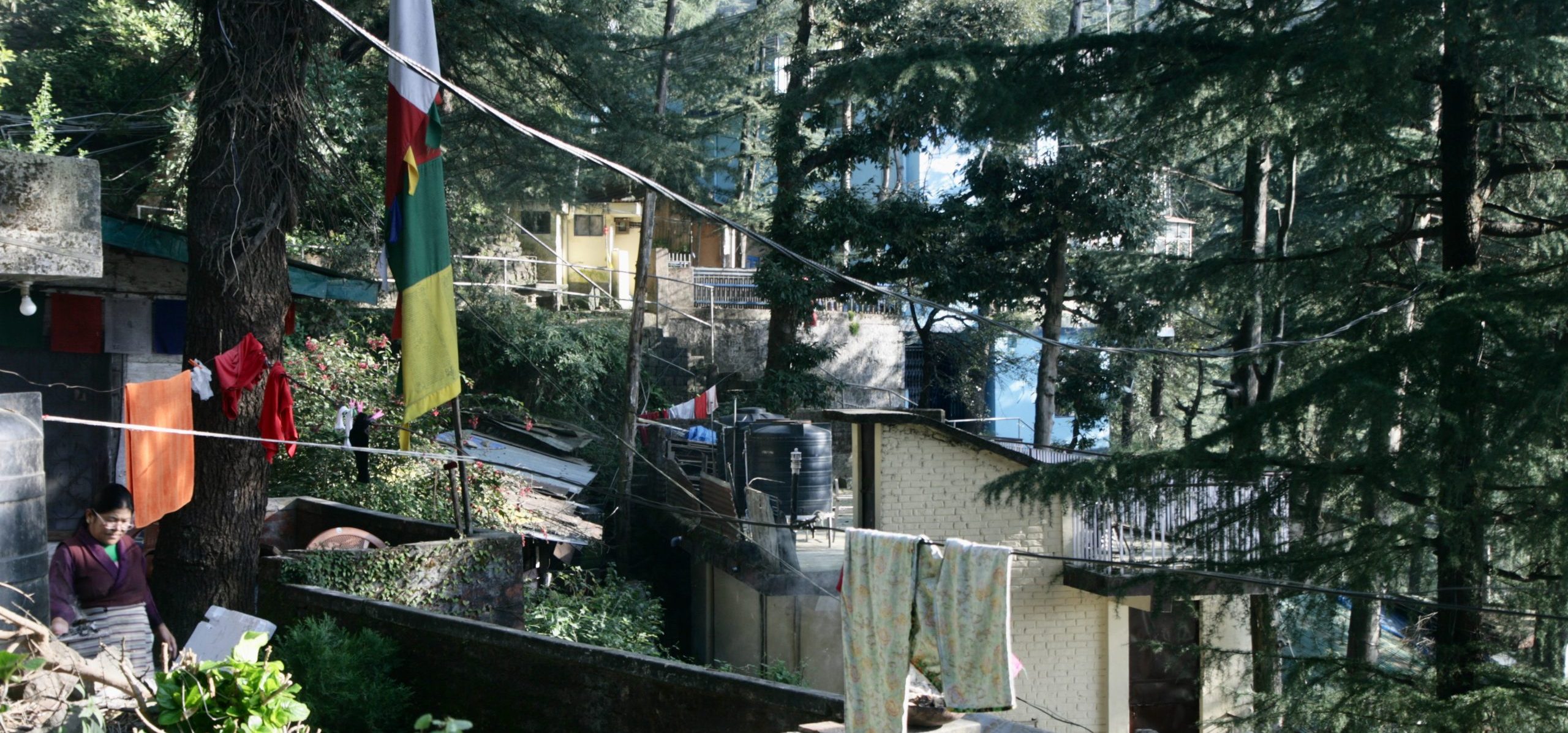
There is another Tibetan enclave in Bir, also in the Kangra district. Bir is on the way eastwards to the Kullu Valley. The enclave was established in the early 1960s after McLeod Ganj threatened to burst at the seams. There are also Tibetan monasteries and everyday Tibetan life there – but much quieter than in lively McLeod Ganj. The paragliding centre of Himachal Pradesh is also located not far from there in Billing. Flying mainly takes place in autumn.
The Dhauladhar Mountains are ideal for various trekking tours – whether over several days or as day hikes – and also offer attractive summit ascents of just under 6,000 metres. The longest tour lasts 14 days. There are no homestay options there, i.e. you always take a tent and porters/carrying animals with you.
Kullu-Valley
The Kullu Valley is the largest valley in Himachal Pradesh, stretching some 85 kilometres between Largi and Manali. Due to this plus its particularly beautiful location, it offers a lot for travellers. It is also famous for its many temples with deities. These come to life every year during Dussehra. A group of men carry the deity on two poles on foot in an uninterrupted march from their respective villages to Kullu, the main town. There they meet the great deity, lead a life of their own and are bathed in the Beas River. Definitely a great experience!
Manali, at the end of the valley, lies at an altitude of around 2,000 metres. Surrounded by many forests and high mountains, the holiday resort on the Beas River is popular with Indians and backpackers. The entire Kullu Valley is fertile and apples in particular grow in abundance. In several places (especially Kullu, Naggar, Manali) there is accommodation of all kinds. The surrounding area is ideal for sightseeing (various beautifully decorated Hindu temples, especially the Hadimba temple in Manali, castle and Roehrich Gallery in Naggar, Tibetan monastery, nunnery in Pangan, hot springs in Vashisht, old wooden houses in Old Manali and Rumsu, weaving places, waterfalls, etc.), walks and trekking tours. Manali is buzzing with travellers in the season – but those who prefer a quieter pace will easily find what they are looking for: pleasant accommodation is scattered throughout the valley in beautiful spots and you will usually encounter few people on hikes.
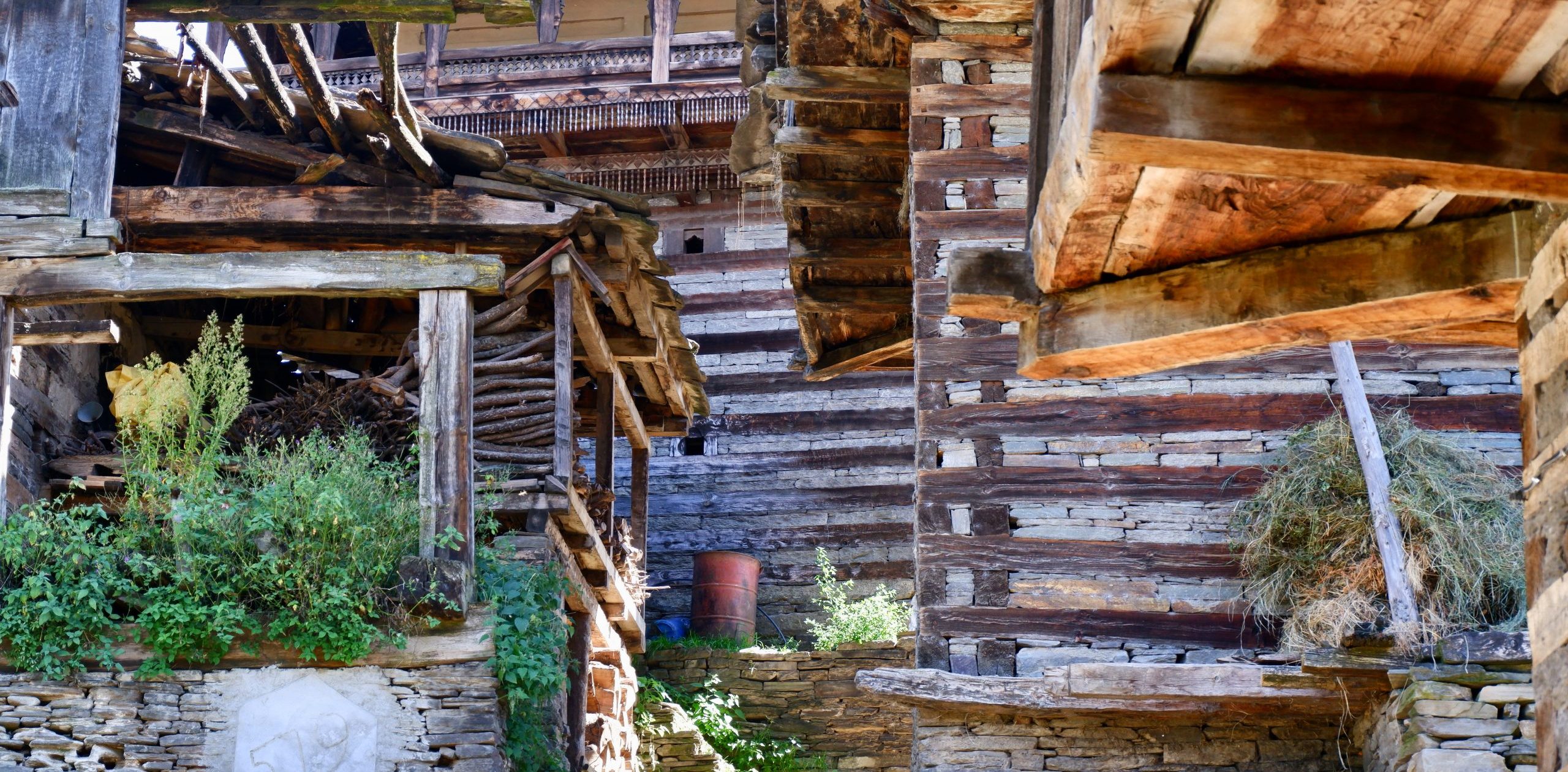
Lahaul
The district of Lahaul is located in the north of Himachal Pradesh. From the Kullu Valley through the Atal Tunnel, you can reach the region, which was previously only accessible on foot or with difficulty when the only crossing, the Rothang Pass, was closed due to snow. The tunnel, which opened in 2020, offers year-round access and therefore more opportunities for business and tourism. There is another road access via the Kishtwar-Tandi road, one of the most dangerous roads in the world.
The Rothang Pass serves as a weather and religious crossroads. The monsoon clouds usually rain down beforehand so that Lahaul is much drier. Buddhism and Hinduism are equally represented here. After the tunnel, you come across the Chandrabagha River, on the banks of which village after village is lined up. There is a turn-off in Tandi. Head north to the district capital of Keylong at an altitude of 3,350 metres. In addition to hikes to the monasteries of Khardong, Shashur and Tayul, you can test your fitness on a hike to Gondhla, which involves crossing a pass (4,600 metres). This should only be done with a guide!
The other turn-off leads to Triloknath and Udaipur, both small towns with interesting temples in the very beautiful Pattan Valley. From Udaipur, a dead-end road leads to the Miyar Valley, a particularly beautiful valley with homestay accommodation. Many mountain climbs, bouldering tours and treks, which often include glacier passages, start from there.
The whole of Lahaul is by no means overrun by tourism, but the mixture of religions, the different cultures and the beautiful, varied mountain landscape offer enough incentive for a trip. Many rarely travelled trekking trails entice visitors to explore this beautiful corner of India. Only the road situation, which is sometimes endangered by landslides, sometimes prevents a smooth journey and you may be forced to change your itinerary.
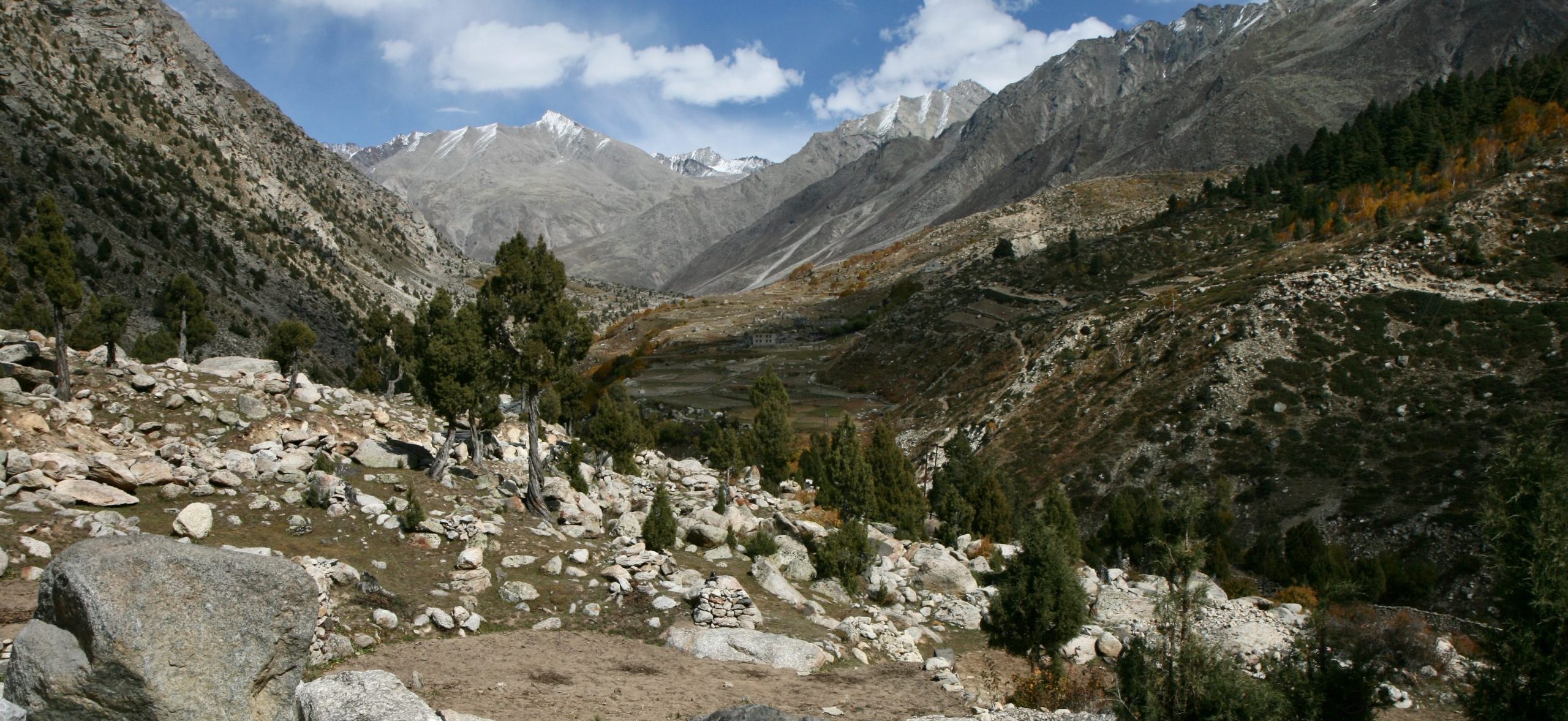
Spiti
Spiti translates as “midland” and lies between the districts of Kinnaur and Lahaul. With its altitude from 3,200 metres upwards, the many Buddhist monasteries, the friendly people and the dry climate, it is very similar to Ladakh and Zanskar. The capital is Kaza, a small market town with plenty of accommodation. Another pleasant place to stay is Tabo, where a unique 1,000-year-old monastery is still in use today. You can either travel by car from Shimla from the south via the villages of Sarahan, (Sangla), Kalpa and Nako or turn east after the Atal Tunnel coming from Manali. In the past, the road was sometimes impassable due to heavy landslides, but in the meantime an alternative road has been constructed at this tricky spot. The tour can also be travelled on motorbikes – which we of course also offer!
In addition to other interesting monasteries in Ki, Kungri, Lhalung and Dankar, picturesque villages are also worth a visit. Amchi (doctor of Tibetan medicine), astrologer, cookery course, farm work – there are various opportunities to get closer to the Spiti culture.
In addition to hiking, you can also get active on a bike tour, e.g. from Kibber to Kaza.
A very special experience is the Snowleopard-Spotting in the winter.
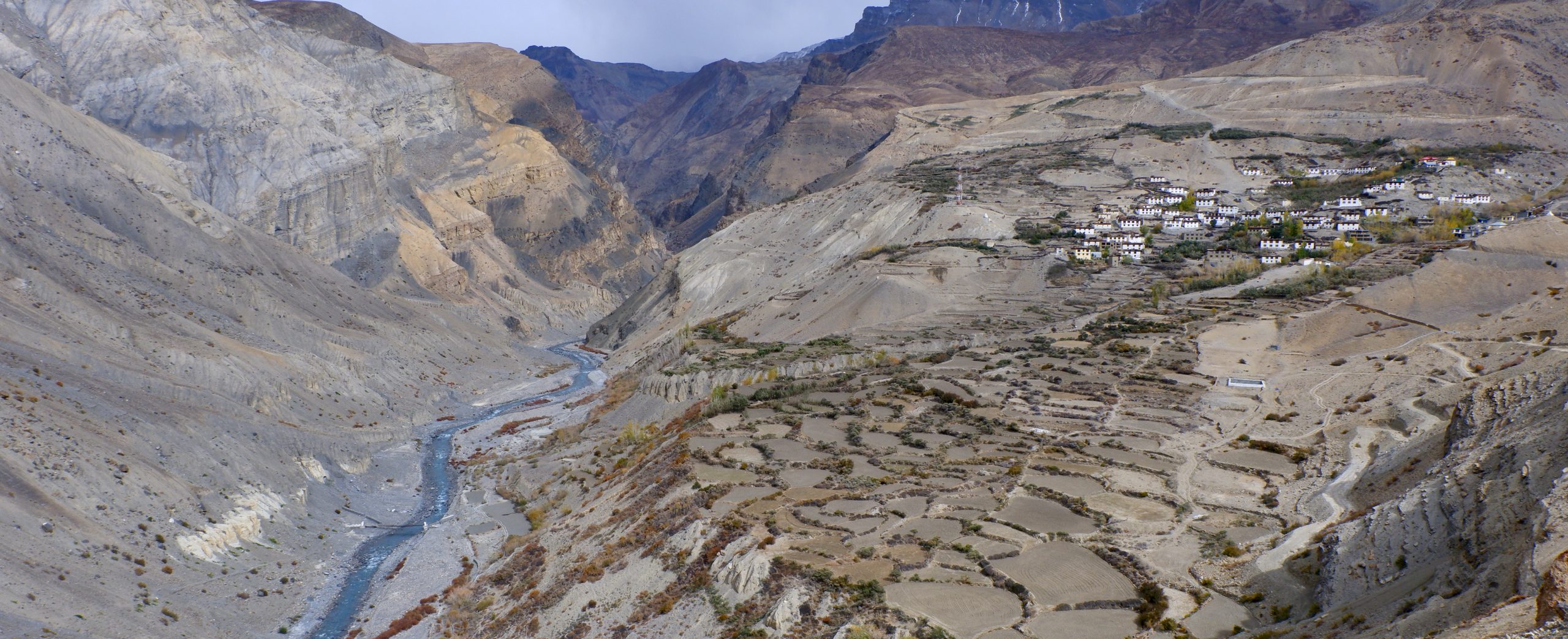
Kinnaur and Shimla
The province of Kinnaur lies in the very east of Himachal Pradesh. Houses from which agriculture is practised and roads leading to villages cling to steep slopes. Peaks over 6,000 metres are enthroned high above. So far, Kinnaur has rarely been a destination in itself, but on the journey from Shimla to Spiti or vice versa, it is well worth stopping here. As in Lahaul, there is a clear religious coexistence of Buddhism and Hinduism here, with the often magnificently carved Hindu temples being a particular attraction.
Shimla is the old summer residence of the British, who left behind a great deal of colonial architectural heritage. Multi-storey houses cling to the steep mountainside, crowned by “The Ridge”, a pleasant promenade where there is always something going on. The journey on the Toy Train from Kalka to Shimla is a relic of the old days.
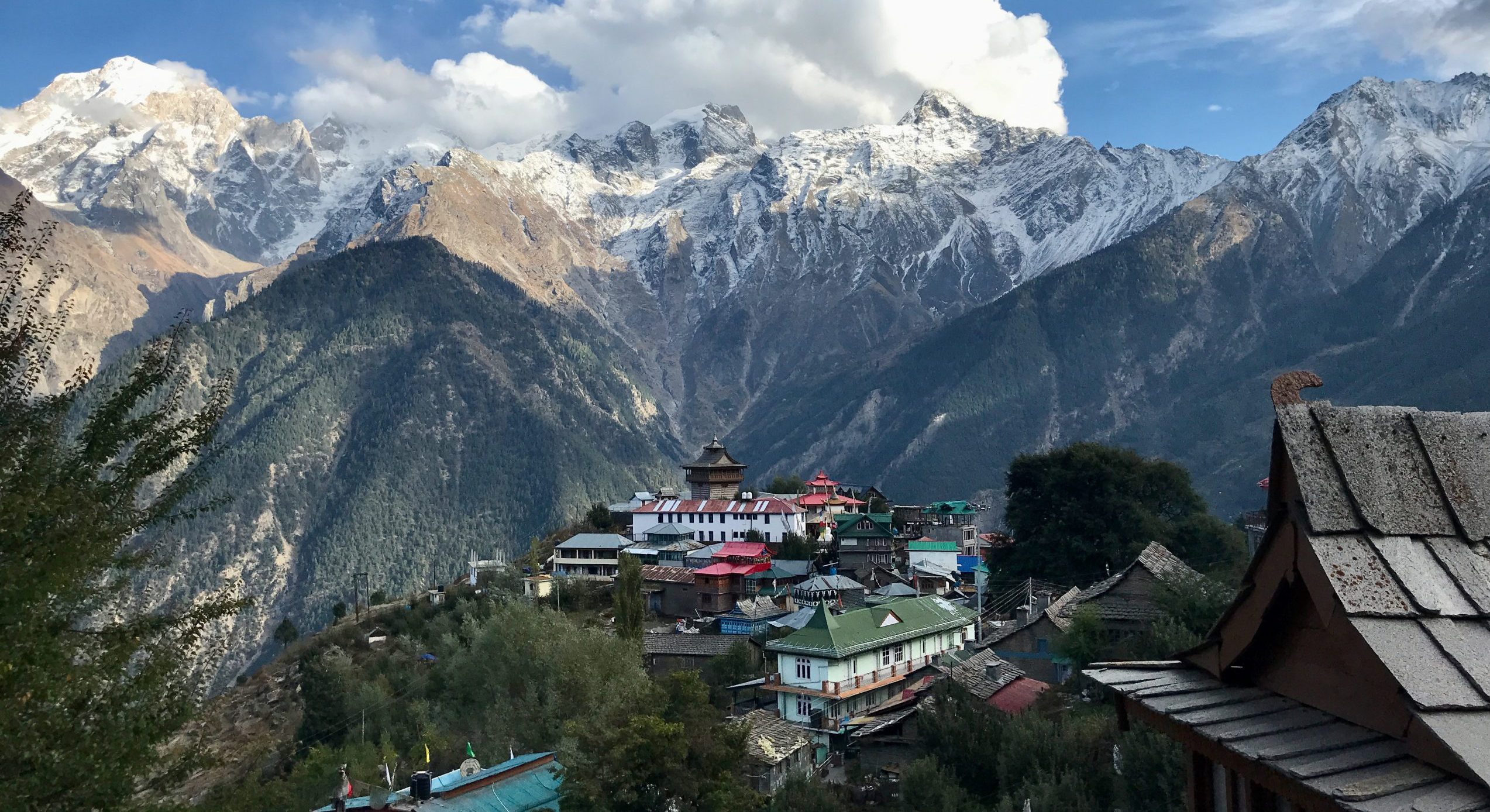
Tirthan and Parvati Valley
Between the Kullutal and Shimla there is an area comprising several valleys, which we summarise here. The Parvati Valley branches off from the Kullu Valley and is famous for its hot springs (and the best ganja – in Khasol you are surrounded by a permanent aroma) – to be experienced in the Sikh Gurudwara in Manikaran or on a 2-day trek to Kheerganga. Next comes the Tirthan Valley, which branches off at Banjar and virtually ends in the Great Himalayan National Park. Nature plays a major role here – the national park is a UNESCO World Heritage Site and an excellent trekking and hiking area. Continuing along the road, you come across the villages of Chehni, Jibhi and Shoja – an area with little tourism and great opportunities for hiking excursions. Crossing the Jalori Pass, you reach Narkanda, a nice little town in the apple region and then Shimla. The whole area has enough tourist facilities and in our opinion is underrated. This is where a Himachal Pradesh trip really comes into its own.
